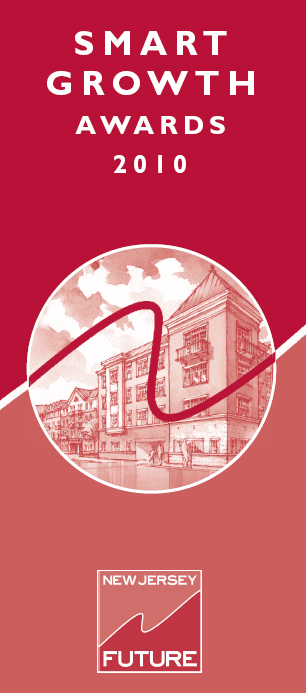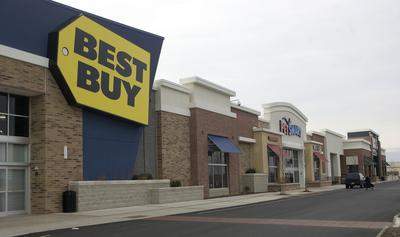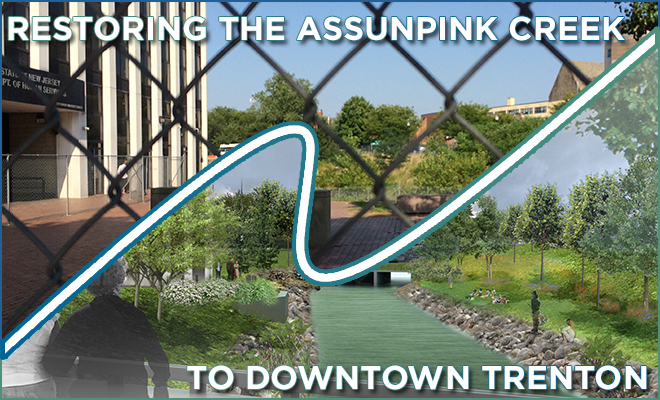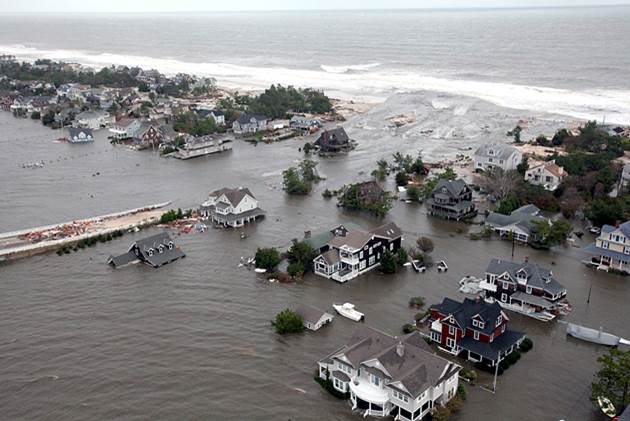New Jersey Future Blog
Transit Towns Good Places To Grow
March 8th, 2002 by Tim Evans
- When Executive Director-Nominee George Warrington started out at NJTRANSIT some 20 years ago, people still questioned whether the state could create one transit system out of multiple rail lines built by competing companies – and whether anyone would want to use it.
- Mr. Warrington returns to a system that in some ways is a victim of its own success. In the last 20 years, NJ TRANSIT has invested more than $7.5 billion to repair, rehabilitate, expand and connect the state’s passenger rail lines. Ridership has doubled since 1983, and the demand for more service and equipment has increased with the ease of connections.
- When the Hudson-Bergen Light Rail Line and Southern New Jersey Light Rail Transit System are completed, there will be some 200 rail stops across the state.
- These communities are especially smart places for investment and growth.
RAIL COMMUNITIES OFFER MUTIPLE ADVANTAGES
Steering growth away from open lands toward communities with rail and transit stations offers multiple benefits.
Rebuilding transit communities frequently means reviving downtowns, both large and small, along with a wide range of housing options, from brownstones, to apartments to bungalows. It also means providing more choice in how to get around, from train, to bus, to simply walking.
Focusing new development around transit stations can give a community or region a “new front door” as is common in European communities, and a vital center for community life.
Rebuilding transit communities also protects and can even grow the investment all New Jerseyans have made in these communities. It can save money, too, by eliminating the need for duplicative investment in roads, schools and sewers in surrounding open space – and so preserve and protect the open lands that fuel farming and tourism, and provide drinking water.
Building transit-friendly communities takes smart planning on the part of municipalities, and both policy and financial support from the state.
















